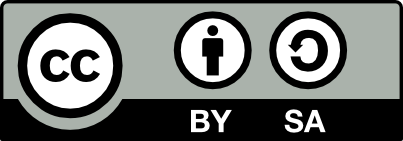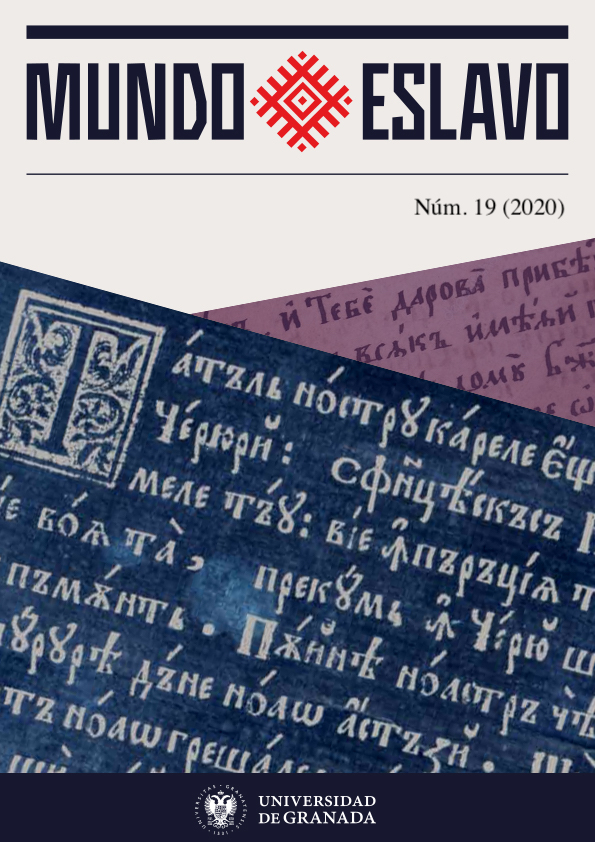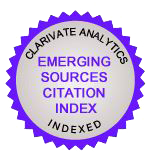Dissident Cyber-Galateas on Screen: A Posthumanist Analysis of Blade Runner and Per Aspera Ad Astra
Keywords:
Posthumanism, Per Aspera Ad Astra, Blade Runner, Galatea and Pygmalion, Gynoid, Trans-corporeality.Abstract
This article aims to examine the different posthumanist interpretations of the myth of Galatea and Pygmalion in the films Blade Runner (Scott, 1982) y Per Aspera Ad Astra (Victorov, 1981). The text applies Stacy Alaimo’s (2010) sense of trans-corporeality to the myth in order to analyze the diverging dissenting approaches shown by the gynoid protagonists of both films and employs Rossi Braidotti’s (2012) onto-ethical notion of the “posthuman” as a model to analyze the cyborg characters of the films. Through an exploration of the non-anthropocentric premises inherent to their performativity, nature and discourse, their rebellion’s efficiency is problematized. Firstly, the text addresses the different outcomes of Scott’s replicants, linking their tragic fate to the cultural ecology of the cyberpunk system that they are forced to inhabit. This perspective is put in contrast with Victorov’s depiction of Niia, who, sharing the cybernetic physiology and nature of Blade Runner’s replicants, manages to emancipate herself from the oppressive links that restrain her psyche. Therefore, the main objective of the article is to visualize the way in which these rewritings of the figure of Galatea show audiences a counter-hegemonic perspective of human/nature relationships in which the cyborg’s dissident performativity is not conditioned by their own individual activity but by the context that upholds her.Downloads
Downloads
Published
How to Cite
Issue
Section
License

CC BY-SA: This license allows reusers to distribute, remix, adapt, and build upon the material in any medium or format, so long as attribution is given to the creator. The license allows for commercial use. If you remix, adapt, or build upon the material, you must license the modified material under identical terms.
CC BY-SA includes the following elements:
BY ![]() – Credit must be given to the creator
– Credit must be given to the creator
SA ![]() – Adaptations must be shared under the same terms
– Adaptations must be shared under the same terms
Authors who publish with this journal agree to the following terms:
1. Authors retain copyright and grant the journal right of first publication with the work simultaneously licensed under a Creative Commons Attribution License that allows others to share the work with an acknowledgement of the work's authorship and initial publication in this journal.
2. Authors are able to enter into separate, additional contractual arrangements for the non-exclusive distribution of the journal's published version of the work (e.g., post it to an institutional repository or publish it in a book), with an acknowledgement of its initial publication in this journal.
3. Authors are permitted and encouraged to post their work online (e.g., in institutional repositories or on their website) prior to and during the submission process, as it can lead to productive exchanges, as well as earlier and greater citation of published work (See The Effect of Open Access).













